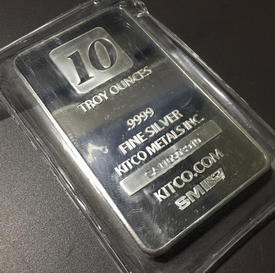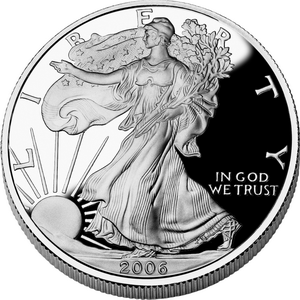Extraterrestrial objects and beings have been both fascinating and frightening to human beings for centuries. Among them, the ones that have fascinated us are extraterrestrial gemstones.
These stones or rocks are made of very rare metals and minerals and possess a great deal of significance for collectors and geologists. The rock and stones are fragments from extraterrestrial objects that landed on the earth or they were created due to the impact of meteorites.
What Actually Are Extraterrestrial Gems?
These are meteorites whose impactites are small enough to be used as gems. But that is not the only condition for any extraterrestrial object to be classified as a gem. They should look attractive and pleasing to the eyes as well. Here are a few interesting facts about them:
-
- Sometimes, meteorites contain more than two metals, like an alloy. They can be used as extraterrestrial ornaments and gems. For instance, alloy meteorites of iron and nickel are cut and polished into beautiful-looking objects.
- Meteorites with peridot crystals embedded in them can also be cut into the shape of beautiful gems.
- Meteorites are rich in silicate are also shaped and polished into the form of cabochons.
Rare yet Inexpensive
There is no doubt that these ET specimens are very rare in their existence, yet they are not as expensive as some of the popular gemstones. There are two major reasons for this contradiction:
-
- Many people are still unaware of this phenomenon where meteorites can be transformed into beautiful gemstones.
- There is no proper meteorite gemstone market. There is no supply chain for such gemstones and even those that is available in the market are not reliable enough.
Types of ET Gemstones on the Basis of Demand
Not all ET stones are equally sought-after by the people who are interested in collecting and researching such species:
-
- Stones that can be used in the same condition in which they fall from the sky are the most expensive type of ET gemstones. Scientists, collectors and jewelers, all want to get their hands on ‘as found’ ET stones.
- ET stones with the best gem quality are also expensive and used by jewelers to make some limited edition ornamental designs.
- ET stones with smaller sizes and low quality are usually treated as collectibles.
There are some famous ET gemstones and rocks that have captured the human imagination and have been put to different uses.
Desert Glass
These ET stones are a type of natural glass found in the desert, which has formed as a result of a meteor impact in the area. The glass is created from the silica abundantly found in the desert sand.
There are a few sites all over the world where desert glass can be found. The most popular subtype of this ET stone is known as Libyan Desert glass. Fragments of this desert glass are found in the eastern Sahara Desert.
Desert Glass of King Tutankhamen
The pendant from the pre-BC era shows that desert glass has been used by humans for thousands of years. King Tutankhamun, an Egyptian pharaoh of the 18th Dynasty buried with ornamental items containing desert glass. It shows that ancient Egyptians put this meteor stone in very high regard. The pendant found in the Tomb of the Egyptian King has desert glass as its centerpiece.
Popular for Metaphysical Properties
Even now, desert glass is used for its metaphysical properties. It is thought to have a great mystical power to strengthen your willpower. According to chakra energy principles, the golden yellow color of the glass vibrates in the band of solar plexus chakra which is associated with the willpower of any living body.
Moldavite
Moldavites are formed due to meteorite impacts in southern Germany. They are dull green fragments of meteorites that are considered gem-grade stones. In alternative medicine, moldavites are very popular due to their healing powers for the emotional and physical being of an individual.
Beware of Fake Moldavites
With its supposed health benefits and gem-like appearance, this ET stone has always been in demand. Due to the imbalance of demand and supply, people started to make fake moldavites from glass. Beware of these ‘glass moldavites’ and buy the original ones from a reliable meteor and mineral collector.
Small Meteorites: Used as Earrings
Small and distinctive shaped meteorites are also used by some to make hipster earrings by drilling a hole or with the help of wire wraps.






 Silver is often overlooked and overshadowed by the yellow glistening of gold. It seems as if this mineral (considered a mineral when in its native form) plays second fiddle to its more precious cousin. However, this doesn’t change many distinctive facts about this shiny metal. In this article, we will try to discuss a different aspect of this valuable and noble mineral.
Silver is often overlooked and overshadowed by the yellow glistening of gold. It seems as if this mineral (considered a mineral when in its native form) plays second fiddle to its more precious cousin. However, this doesn’t change many distinctive facts about this shiny metal. In this article, we will try to discuss a different aspect of this valuable and noble mineral.
